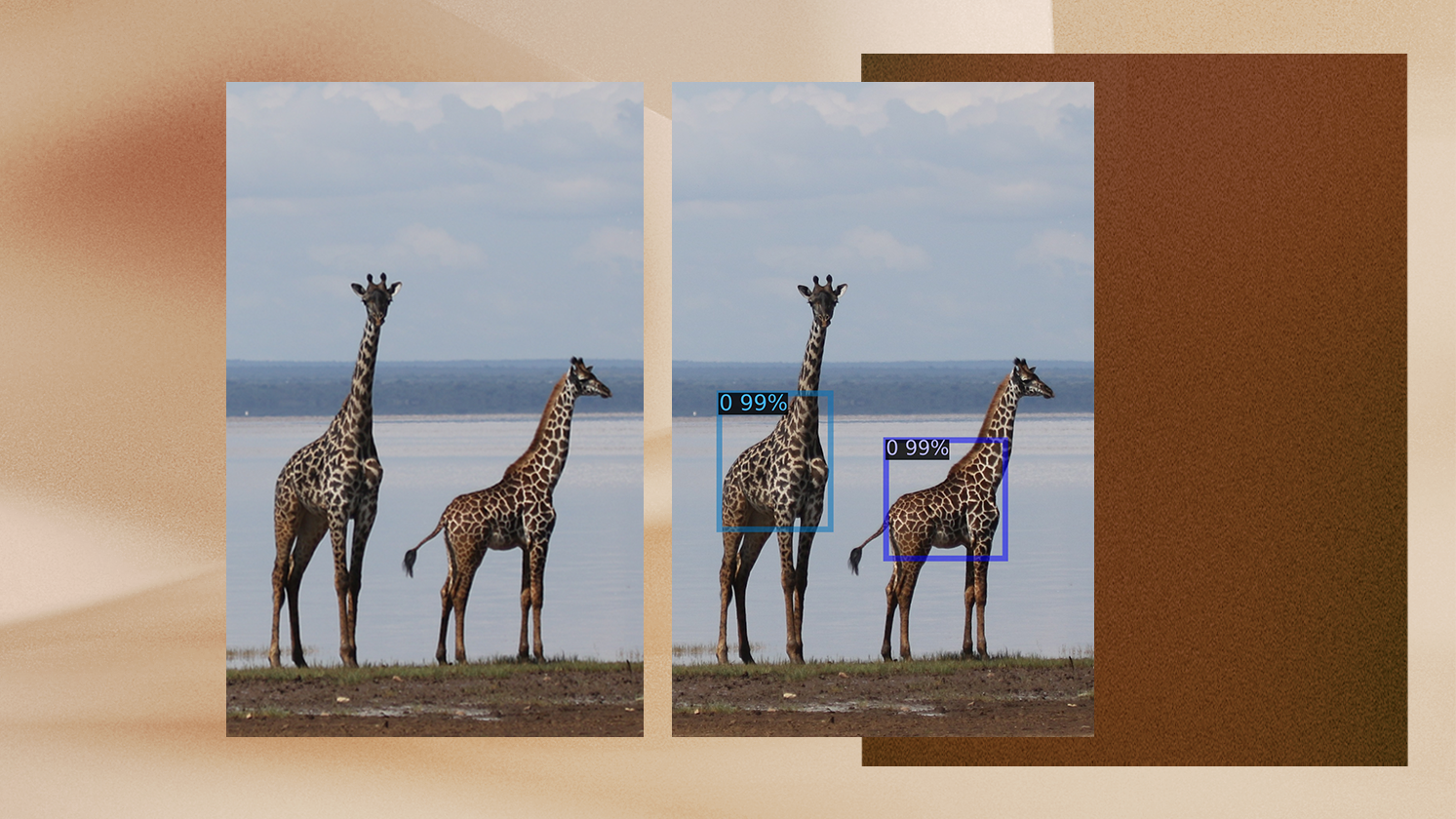Microsoft’s AI for Good Lab, in partnership with the Wild Nature Institute, has launched an artificial intelligence tool to monitor wildlife, with a key focus on the increasingly endangered Masai giraffe found in Tanzania.
Dubbed GIRAFFE (Generalized Image-based Re-Identification using AI for Fauna Feature Extraction), the AI tool analyzes unique coat patterns on giraffes, akin to human fingerprints.
According to Derek Lee and Monica Bond from the Wild Nature Institute: “Pattern matching software enables us to keep track of thousands of individual giraffes and develop targeted, effective conservation actions.”
Microsoft and the Wild Nature Institute will now equip teams Giraffe upload hundreds to thousands of flank images per survey and receive rapid identity matches within minutes empowering swift, data-driven decision-making that can directly impact conservation strategies.
How GIRAFFE Works
Giraffe works simply.
Users spot patterns then employ AI to analyze unique coat patterns on giraffes, akin to human fingerprints to identify individual giraffes with an impressive accuracy rate of 90-99%, facilitating better monitoring and data collection.
Utilizing Microsoft’s Azure cloud platform, GIRAFFE implements powerful object detection algorithms that can crop and analyze images of giraffes’ flanks. The AI system also supports a seamless workflow that encompasses the entire image analysis process. Researchers can easily upload images, execute AI matches, route uncertain cases to expert wildlife biologists, and update central databases, ensuring that data is both current and comprehensive.
Finally, GIRAFFE can process thousands of images in a short time frame, with each image analyzed in under two seconds for immediate data insights.
The GIRAFFE AI, while specifically designed for giraffes, is adaptable for use with other patterned wildlife such as zebras, tigers, and whales.
Microsoft continuous improvements are being made to enhance the AI’s accuracy across different seasons and geographical regions, extending its application beyond Tanzania to other species in the animal kingdom. The firms are also working on community integration involving local populations in conservation efforts.
Microsoft says the GIRAFFE AI will help deliver real-time insights into giraffe health, movement patterns, and survival rates, as well as collaring, disease management, anti-poaching initiatives, and community engagement. This solution is freely available on GitHub to democratize the tech.
Tanzania’s Comprehensive Conservation Strategy
Tanzania’s conservation efforts, led by the Tanzania Wildlife Research Institute (TAWIRI) and supported by the Giraffe Conservation Foundation (GCF) and USAID, as outlined in the Masai Giraffe Conservation Action Plan (2020–2024), have also done GPS collaring, known as the “Twiga Tracker” to provide real-time data on their movement patterns and health status.
In 2023, in Ruaha, health teams using the Twiga Tracker isolated and treated 18 giraffes suspected of having GSD, closely monitoring their recovery and the overall health of the population.



